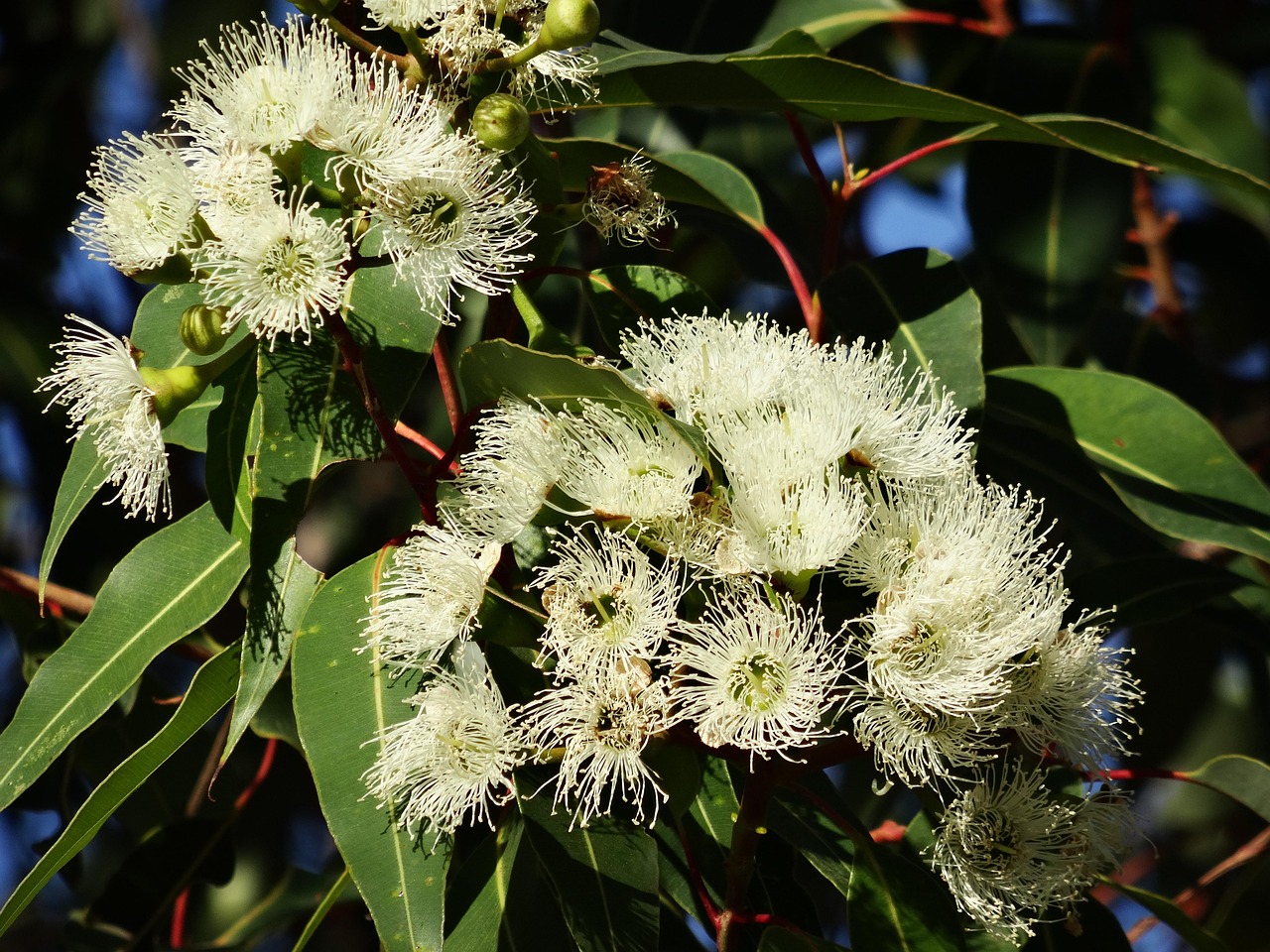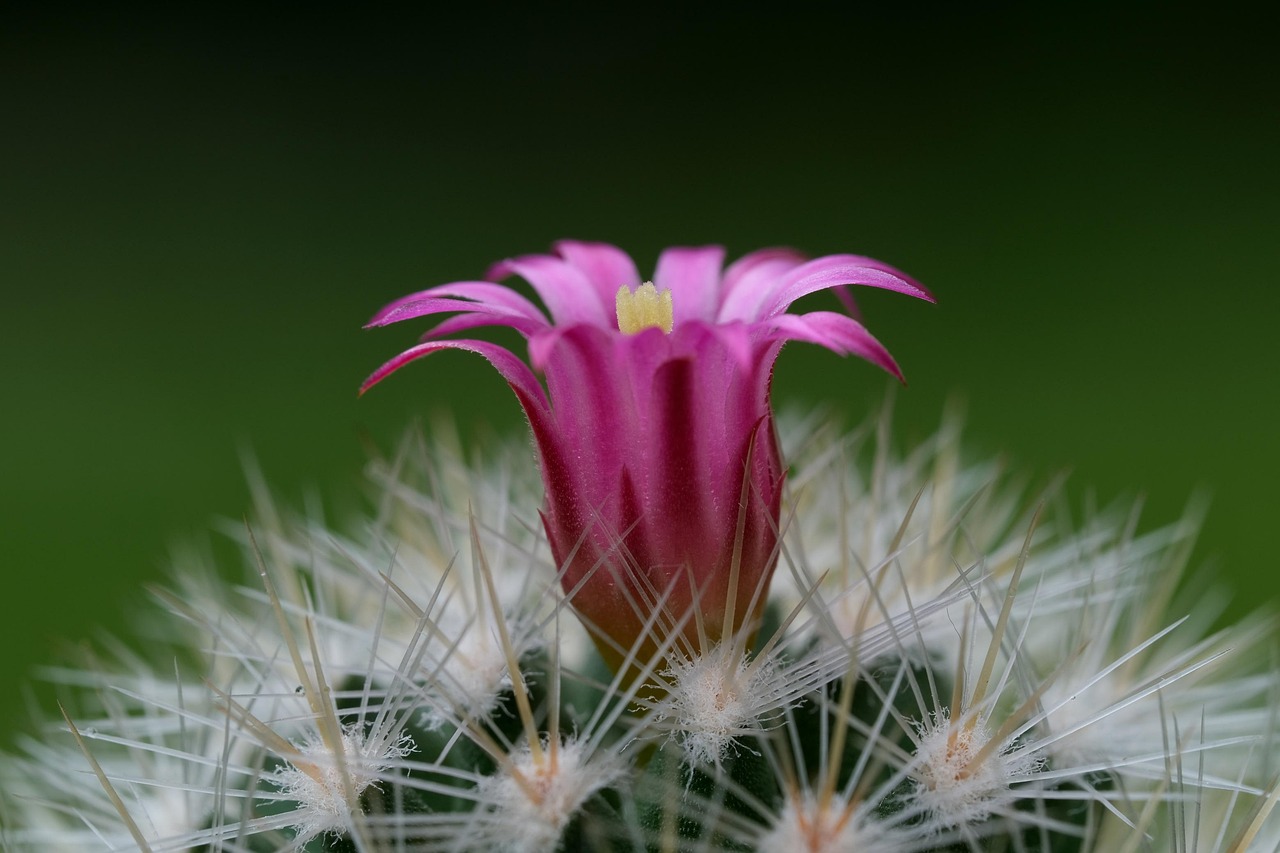Eucalyptus houseplants are easy to grow and care for. They thrive in bright light, need well-draining soil, and require moderate watering. Regular pruning helps maintain their shape and promotes bushier growth.
Introduction to Eucalyptus Houseplants
Eucalyptus plants are popular for their aromatic leaves and unique appearance. Originating primarily from Australia, these plants belong to the Myrtaceae family. There are over seven hundred species of eucalyptus, but only a few are suitable for indoor cultivation. Eucalyptus houseplants can bring a refreshing touch to your home, while also providing a pleasant scent that can uplift any space.

One of the most appealing aspects of eucalyptus is its versatility. These plants can grow as shrubs or small trees, making them suitable for various indoor settings. Their leaves are often used in aromatherapy and natural remedies due to their soothing properties. Additionally, eucalyptus plants are known for their fast growth rate, which can be quite satisfying for plant enthusiasts.
Benefits of Growing Eucalyptus Indoors
There are numerous benefits to having eucalyptus houseplants in your home. Some of these advantages include:
- Aesthetic Appeal: Eucalyptus plants have attractive foliage that can enhance the beauty of any room.
- Air Purification: Eucalyptus leaves can help purify the air by removing toxins.
- Aromatherapy: The fragrant leaves can provide a calming aroma, which is beneficial for relaxation and stress relief.
- Easy Care: Eucalyptus houseplants are relatively low-maintenance, making them ideal for busy individuals.
Choosing the Right Eucalyptus Variety
When selecting a eucalyptus houseplant, consider the following popular varieties:

| Variety | Description | Size |
|---|---|---|
| Eucalyptus cinerea | Commonly known as silver dollar eucalyptus, this variety has round leaves and a beautiful silvery hue. | 3-6 feet |
| Eucalyptus gunnii | This type, known as cider gum, features aromatic leaves that can be used for essential oils. | 5-10 feet |
| Eucalyptus polyanthemos | Known as red box eucalyptus, this variety has oval leaves and is known for its resilience. | 4-10 feet |
Choosing the right variety depends on your available space and personal preference. Some varieties may grow larger than others, so it’s essential to take this into account when selecting your eucalyptus houseplant.
Growing Conditions for Eucalyptus Houseplants
Eucalyptus plants thrive in specific conditions that mimic their natural habitat. Here are some key factors to consider when growing eucalyptus indoors:
- Light: Eucalyptus houseplants prefer bright, indirect sunlight. A south-facing window is ideal for providing the necessary light.
- Soil: Use well-draining potting soil. A mix designed for cacti or succulents can be effective.
- Watering: Water the plant moderately. Allow the top inch of soil to dry out before watering again to prevent root rot.
- Humidity: Eucalyptus prefers moderate humidity levels. If your home is particularly dry, consider misting the leaves occasionally.
Caring for your eucalyptus houseplant is straightforward when you understand its needs. By providing the right conditions, you can enjoy a healthy and vibrant plant that enhances your living space.

Watering and Fertilizing Eucalyptus Houseplants
Understanding how to properly water and fertilize your eucalyptus houseplant is crucial for its health and growth. Overwatering can lead to root rot, while insufficient watering can cause the plant to wilt. Here are some important considerations:
Watering Guidelines
Watering should be done with care. Eucalyptus plants have specific needs:
- Frequency: Water your eucalyptus when the top inch of soil feels dry. This usually means watering every 1-2 weeks, but it can vary based on your environment.
- Method: Water thoroughly until you see excess water draining from the bottom of the pot. Ensure that the pot has drainage holes to allow excess water to escape.
- Signs of Overwatering: Yellowing leaves and a mushy stem can indicate that you are overwatering your plant.
- Signs of Underwatering: If the leaves curl or become crispy, it’s a sign that your plant needs water.
Fertilizing Eucalyptus
Fertilization helps promote healthy growth in eucalyptus plants. Here are some tips for fertilizing:

- Type of Fertilizer: Use a balanced, water-soluble fertilizer. A ratio of 10-10-10 is often recommended.
- Frequency: Fertilize every 4-6 weeks during the growing season (spring and summer). Reduce or stop fertilizing in fall and winter when growth slows.
- Dilution: Always dilute the fertilizer according to package instructions to prevent burning the roots.
Pruning and Shaping Eucalyptus Houseplants
Pruning is an essential part of caring for eucalyptus plants. It helps maintain their shape and encourages bushier growth. Here’s how to approach pruning:
When to Prune
The best time to prune your eucalyptus is during the growing season, typically in late spring or early summer. This allows the plant to recover quickly from any cuts made.
How to Prune
Follow these steps for effective pruning:
- Gather Your Tools: Use clean, sharp scissors or pruning shears to make cuts. This reduces the risk of damaging the plant.
- Identify Areas to Prune: Look for leggy stems or branches that are growing too long. Also, remove any dead or damaged leaves.
- Make Cuts: Cut just above a leaf node to encourage new growth. Aim for a 45-degree angle cut to prevent water accumulation.
- Clean Up: Dispose of any cuttings to prevent pests or diseases from spreading.
Pest Management for Eucalyptus Houseplants
Eucalyptus plants can be susceptible to pests, which can affect their health. Being proactive in pest management is essential:
Common Pests
The following pests are known to affect eucalyptus plants:
- Aphids: Small, soft-bodied insects that suck sap from the leaves.
- Spider Mites: Tiny pests that create fine webs and can cause leaf discoloration.
- Mealybugs: White, cottony insects that also feed on plant sap.
Pest Control Methods
Here are some effective methods for controlling pests on your eucalyptus houseplant:
- Regular Inspection: Check your plant regularly for any signs of pests. Early detection makes management easier.
- Insecticidal Soap: Use insecticidal soap or neem oil to treat infestations. Follow the instructions on the label for safe application.
- Natural Predators: Introduce beneficial insects like ladybugs, which feed on aphids and other pests.
By staying vigilant and addressing pest issues promptly, you can keep your eucalyptus houseplant healthy and thriving.
Repotting Eucalyptus Houseplants
As your eucalyptus plant grows, it may outgrow its pot. Repotting is essential for providing fresh soil and more space for root development. This section will guide you through the repotting process.
When to Repot
It is important to recognize the signs that indicate your eucalyptus needs repotting:
- Roots Coming Out of Drainage Holes: If you see roots emerging from the bottom of the pot, it’s time to repot.
- Circled Roots: Roots that are tightly wound around the root ball suggest the plant needs more space.
- Soil Depletion: If the soil appears compacted or depleted of nutrients, repotting can help refresh the growing medium.
Steps to Repot Your Eucalyptus
Follow these steps to successfully repot your eucalyptus houseplant:
- Choose a New Pot: Select a pot that is 1-2 inches larger in diameter than the current one. Ensure it has drainage holes.
- Prepare the Soil: Use a fresh, well-draining potting mix. A mix designed for cacti or succulents works well for eucalyptus.
- Remove the Plant: Gently remove the eucalyptus from its current pot. Be careful not to damage the roots during this process.
- Inspect the Roots: Check for any damaged or rotting roots. Trim away any unhealthy parts with clean scissors.
- Repotting: Place a layer of fresh soil in the new pot. Position the eucalyptus plant in the center and fill around it with more soil, ensuring it sits at the same depth as before.
- Water Thoroughly: After repotting, water the plant thoroughly to help settle the soil and eliminate air pockets.
Common Problems with Eucalyptus Houseplants
Despite their resilience, eucalyptus plants can face several issues. Understanding these problems can help you address them quickly.
Leaf Discoloration
Leaf discoloration can be a sign of several underlying issues:
- Yellow Leaves: Often indicates overwatering or poor drainage. Check soil moisture and drainage methods.
- Browning Leaves: Can result from underwatering or exposure to direct, harsh sunlight. Adjust your watering schedule and light conditions accordingly.
- Spotted Leaves: May be caused by pests or fungal infections. Inspect leaves closely and treat accordingly.
Dropping Leaves
If your eucalyptus plant starts losing leaves, consider these potential causes:
- Sudden Temperature Changes: Eucalyptus prefers stable temperatures; avoid placing them near drafts or heating vents.
- Pest Infestation: Check for pests that could be causing stress to the plant.
- Improper Watering: Both overwatering and underwatering can lead to leaf drop. Monitor your watering routine.
Propagation of Eucalyptus Houseplants
If you want to expand your collection or share your eucalyptus houseplant with friends, propagation is a great option. There are a couple of methods to propagate eucalyptus successfully.
Stem Cuttings
The most common method for propagating eucalyptus is through stem cuttings:
- Select a Healthy Stem: Choose a healthy stem that is about 4-6 inches long. Ensure it has several leaves.
- Make the Cut: Cut just below a leaf node using clean, sharp scissors.
- Prepare for Planting: Remove the lower leaves to expose some stem for planting. This helps prevent rot when placed in soil.
- Planting: Place the cutting in a glass of water or directly into moistened potting soil. If using water, change it regularly to prevent bacterial growth.
- Roots Development: After a few weeks, roots will begin to develop. Once they are a few inches long, transfer the cutting to a pot with soil.
Seed Propagation
If you prefer to grow eucalyptus from seeds, here’s how to do it:
- Obtain Seeds: Purchase eucalyptus seeds from a reputable source.
- Sow Seeds: Sprinkle seeds on top of moist potting soil and lightly press them down. Do not cover them with soil, as they need light to germinate.
- Create Humidity: Cover the pot with plastic wrap or a humidity dome to maintain moisture until seeds germinate.
- Light Conditions: Place the pot under bright light but avoid direct sunlight until seedlings are established.
Eucalyptus propagation can be rewarding and allows you to enjoy more of these beautiful plants in your home.
Seasonal Care for Eucalyptus Houseplants
Understanding the seasonal care needs of your eucalyptus houseplant can significantly enhance its growth and vitality. Different seasons bring varying light, temperature, and humidity conditions that can affect your plant. Here’s how to adjust your care routine throughout the year:
Spring
Spring is a time of growth for eucalyptus plants. As the days lengthen and temperatures rise, these plants will thrive with increased watering and fertilization:
- Increase Watering: As the temperatures warm up, monitor soil moisture more frequently. Water consistently to support new growth.
- Fertilize: Begin fertilizing every 4-6 weeks to promote robust growth during the active growing season.
Summer
Summer can be warm and sunny, which can be beneficial for eucalyptus:
- Ensure Adequate Light: Make sure your plant receives plenty of indirect sunlight. If outdoors, protect it from harsh afternoon sun.
- Monitor for Pests: Increased heat can lead to pest infestations. Regularly check for signs of pests like aphids or spider mites.
Fall
As the weather cools down, eucalyptus plants may slow their growth:
- Reduce Watering: Allow the top layer of soil to dry out before watering. Overwatering in cooler months can lead to root rot.
- Decrease Fertilization: Cut back on fertilizing as the plant enters dormancy.
Winter
Winter can be a challenging time for eucalyptus houseplants due to lower light levels and humidity:
- Maintain Consistent Temperatures: Keep your plant in a stable environment, away from drafts or heat sources.
- Humidity Levels: If your home is dry, consider using a humidifier or misting the leaves occasionally to maintain humidity.
Eucalyptus Houseplants in Home Design
Eucalyptus plants can serve not only as beautiful houseplants but also as stylish decor elements. Their unique foliage and shape can enhance various interior design styles. Here are some ideas on how to incorporate eucalyptus into your home:
- Minimalist Spaces: Use a single, tall eucalyptus in a sleek pot as a statement piece in a minimalist living room.
- Bohemian Decor: Place multiple smaller pots on a shelf or window sill to create a lush, cozy feel in bohemian-style spaces.
- Office Environment: Having a eucalyptus plant on your desk can improve air quality and enhance focus with its refreshing scent.
Final Thoughts
Eucalyptus houseplants are rewarding additions to any home. With their aromatic leaves and attractive appearance, they not only beautify your space but also improve air quality. By understanding their specific care requirements, including watering, fertilizing, pest management, and seasonal adjustments, you can ensure that your eucalyptus thrives.
The propagation methods discussed allow you to easily expand your collection or share these lovely plants with friends and family. Whether you choose stem cuttings or seeds, the joy of watching your eucalyptus grow is unmatched.
Finally, consider the aesthetic potential of eucalyptus in your home design. From minimalist to bohemian styles, these plants can fit seamlessly into various decor themes. With proper care and attention, your eucalyptus houseplants will not only flourish but also provide enjoyment for years to come.
